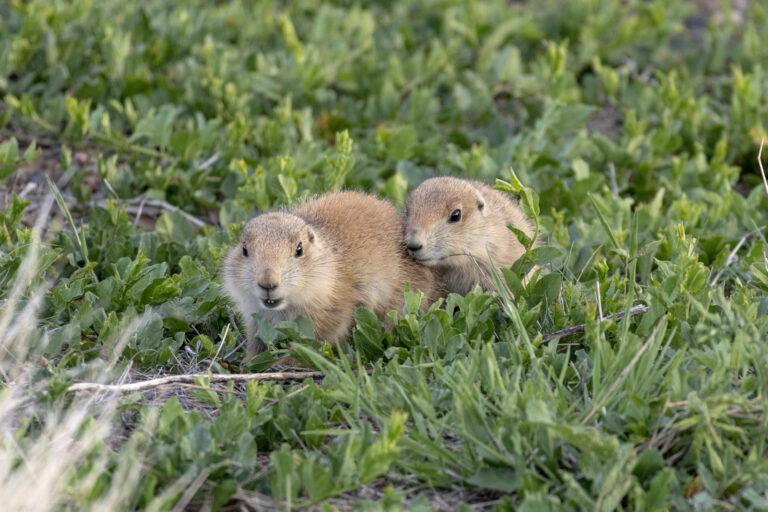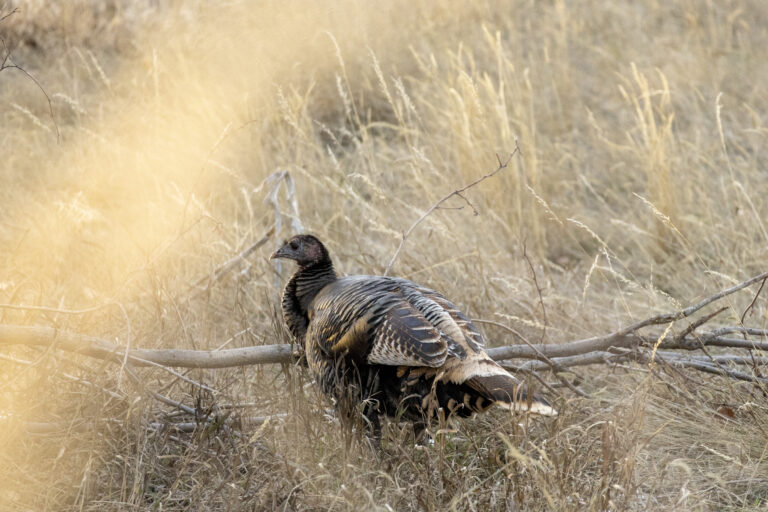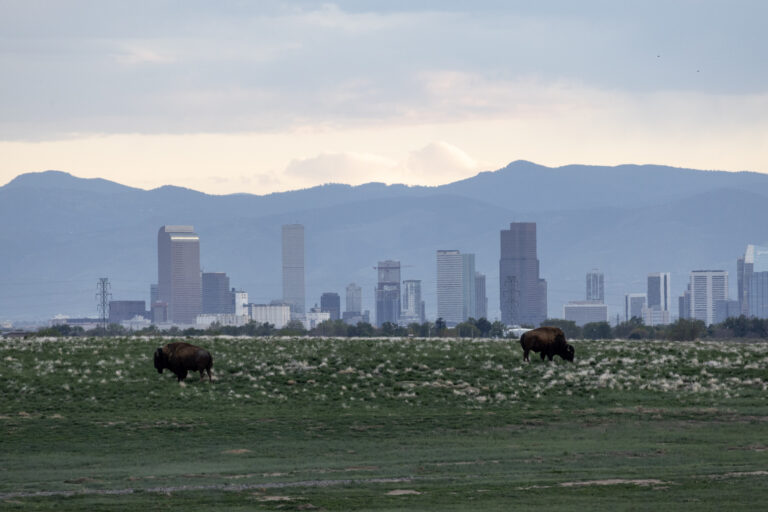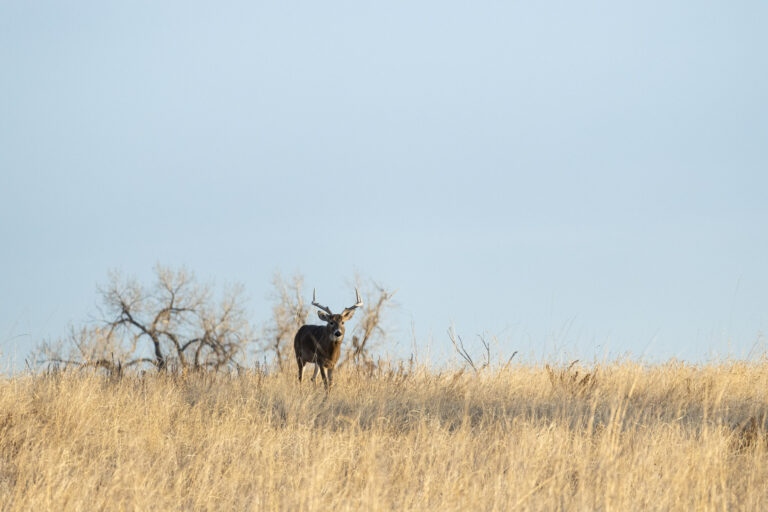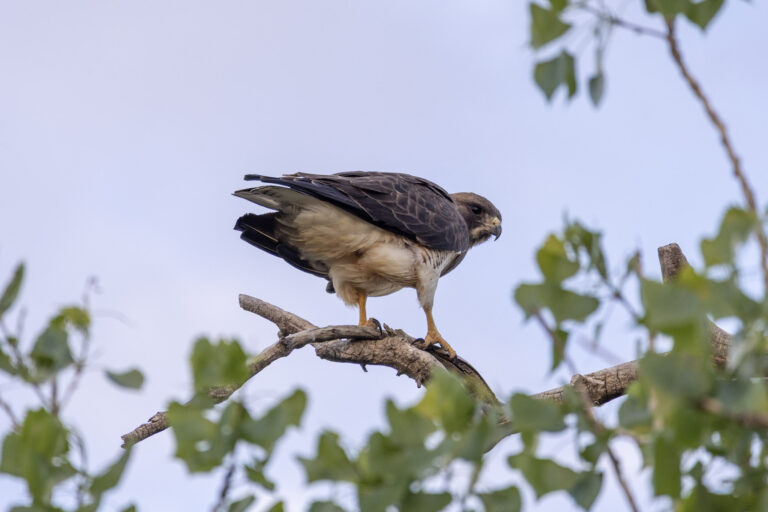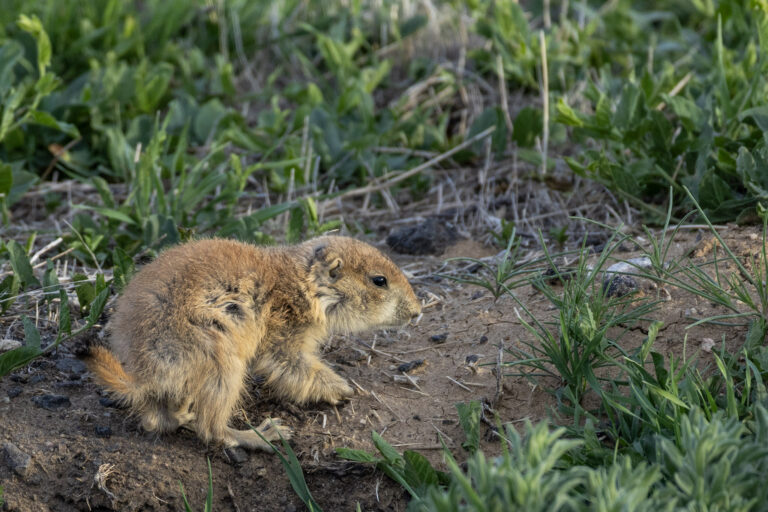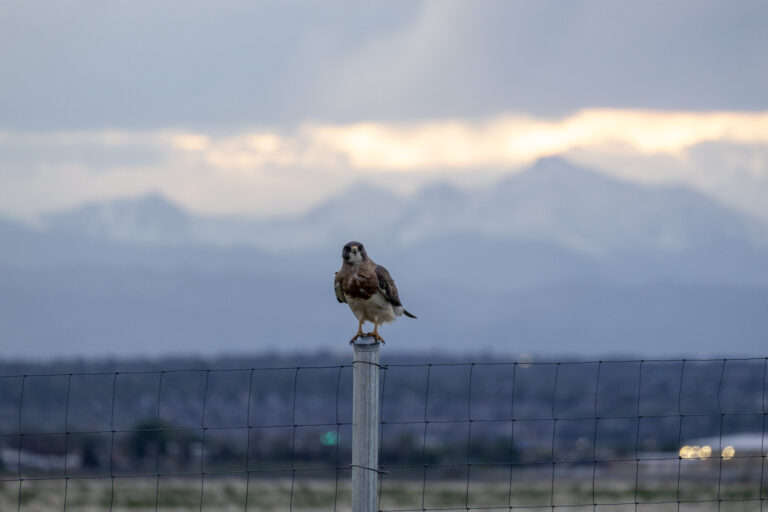By Katt Hendershot, Operations Specialist for The Wild Source
Tucked away within the industrial sprawl on Denver’s outskirts, the Rocky Mountain Arsenal Wildlife Refuge offers free wildlife viewing and nature hikes in an unlikely setting. With a strikingly different origin as a chemical weapons site and eventually an environmental issue, this land has transformed into a thriving refuge for bison, raptors, black-footed ferrets, and other classic Colorado species.
In 1942, as World War II reached its bloodiest phase and the Axis powers held the upper hand, the United States urgently sought a new site for chemical weapons production. The U.S. Army identified an ideal 19,915-acre piece of land on the outskirts of Denver. Denver’s growing population offered a ready workforce, the nearby Stapleton Airport provided critical transportation access, and the open environment made it suitable for outdoor industrial operations. This location would become the Rocky Mountain Arsenal.
The Rocky Mountain Arsenal produced and stored a range of highly dangerous substances, including rocket fuel and some of the most infamous chemical weapons in history. These included Sarin gas, also known as nerve agent GB, as well as napalm, mustard gas, lewisite, and chlorine gas, with operations continuing until 1969. In addition to weapons production, the Arsenal also served as a prisoner of war camp during World War II. In the years following the war, parts of the site were leased to private companies such as Shell Oil for pesticide manufacturing. A deep injection well was built for waste disposal, and portions of the land were later used to support the expansion of Stapleton Airport.
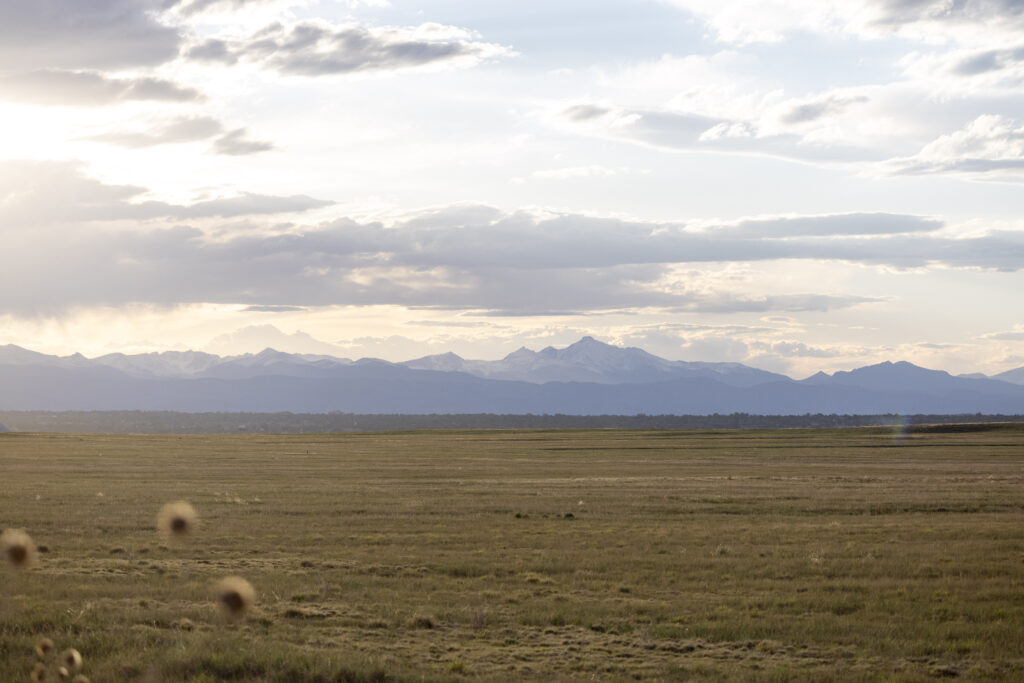
Once a toxic landscape filled with chemical weapons, the site’s transformation into a thriving wildlife refuge stands as a powerful case study of environmental restoration in an urban environment. After growing environmental concerns led to its designation as a Superfund site, the Environmental Protection Agency (EPA) oversaw the cleanup efforts. The U.S. Fish and Wildlife Service (USFWS) became involved after documenting over 330 species of wildlife. As the land was deemed unfit for human habitation, the area was officially designated a wildlife refuge in 1992, following the signing of the Rocky Mountain Arsenal National Wildlife Refuge Act.
The Arsenal, currently spanning 15,988 acres, is home to over 280 bird species, including bald eagles, hawks, migratory burrowing owls, wild turkeys, great blue herons, and Colorado’s state bird, the lark bunting. The refuge also supports iconic Colorado mammals, including mule deer, white-tailed deer, prairie dogs, badgers, skunks, coyotes, red foxes, and a solitary elk. Among the species that truly make the Arsenal special are its bison herd and the endangered black-footed ferret.
In 2007, in an effort to reintroduce vital prairie wildlife, the Rocky Mountain Arsenal translocated 16 bison, America’s national mammal, from the National Bison Range in Montana. As of 2023, the herd has grown to around 250 individuals. Visitors can observe the bison from their vehicles along the 13-mile bison loop. With potential bison jams like those in Yellowstone, the males rutting in the fall, calves in the spring, and bison wallowing year-round, it is sure to inspire thoughts of when these iconic symbols of the American West covered the American prairie by the tens of millions.
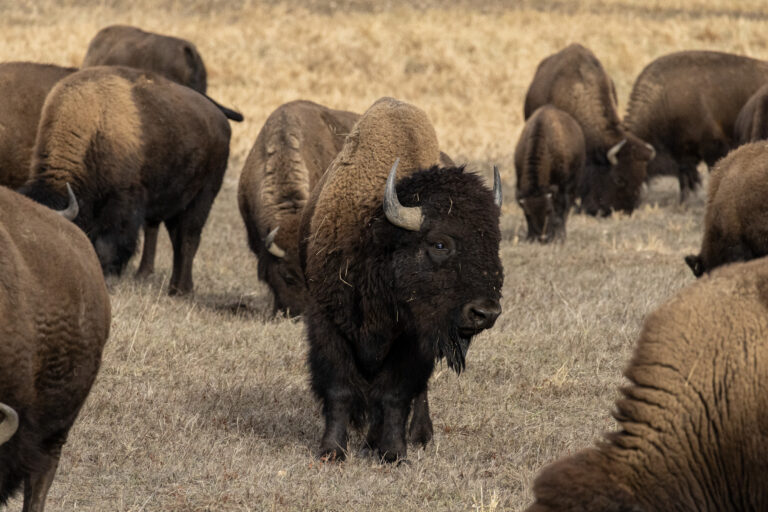
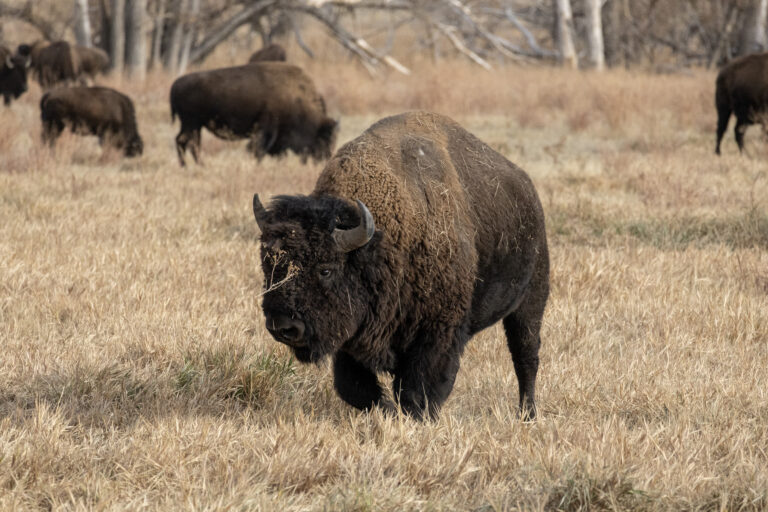
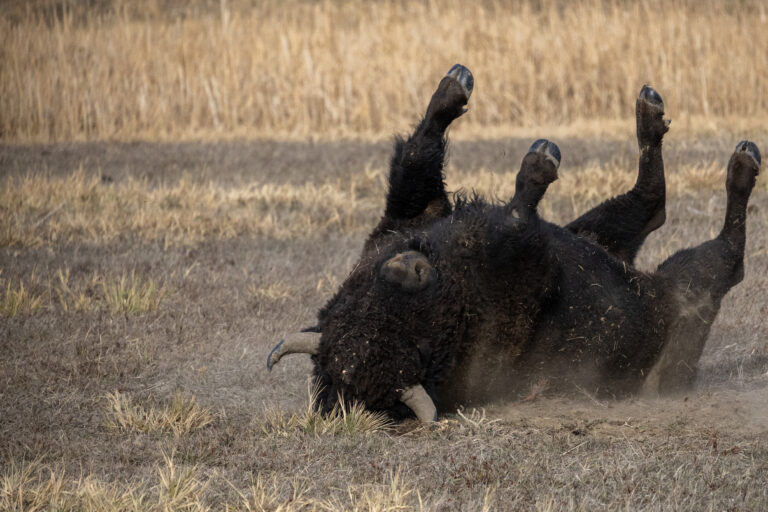
In addition to the bison, in 2015, the Rocky Mountain Arsenal reintroduced the highly endangered black-footed ferret. Once considered extinct, a small population was discovered in the 1960s, sparking conservation efforts that began in the early 1980s. Today, an estimated 300 to 500 black-footed ferrets exist in the wild, with the Arsenal hosting the second-largest population, which peaked at 90 individuals in 2018.
As a favorite spot for The Wild Source Team, we’ve been fortunate to spot all the ungulates species including the lone elk, iconic birds such as many raptor species, burrowing owls, and turkeys. We’ve also seen badgers, skunks, snakes, frogs, coyotes, prairie dogs, and even the elusive black-footed ferret a few times!
So, next time you want to get outside and enjoy some wildlife viewing, consider visiting this unique urban wildlife refuge. Explore its many trails that wind throughout, take a scenic drive along the 13-mile bison loop, or join our privately guided Rocky Mountain Arsenal Safari for a more immersive experience. Whether you’re looking for a peaceful nature escape, a fun family outing, or a chance to learn about conservation efforts firsthand, the refuge offers something special for everyone.
More Photos of the Rocky Mountain Arsenal Wildlife Refuge
